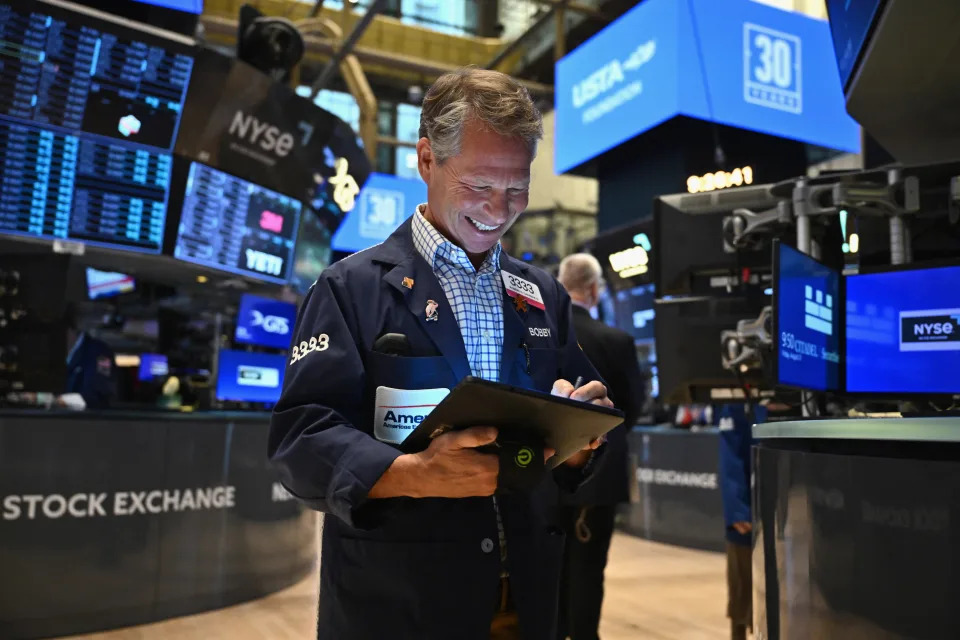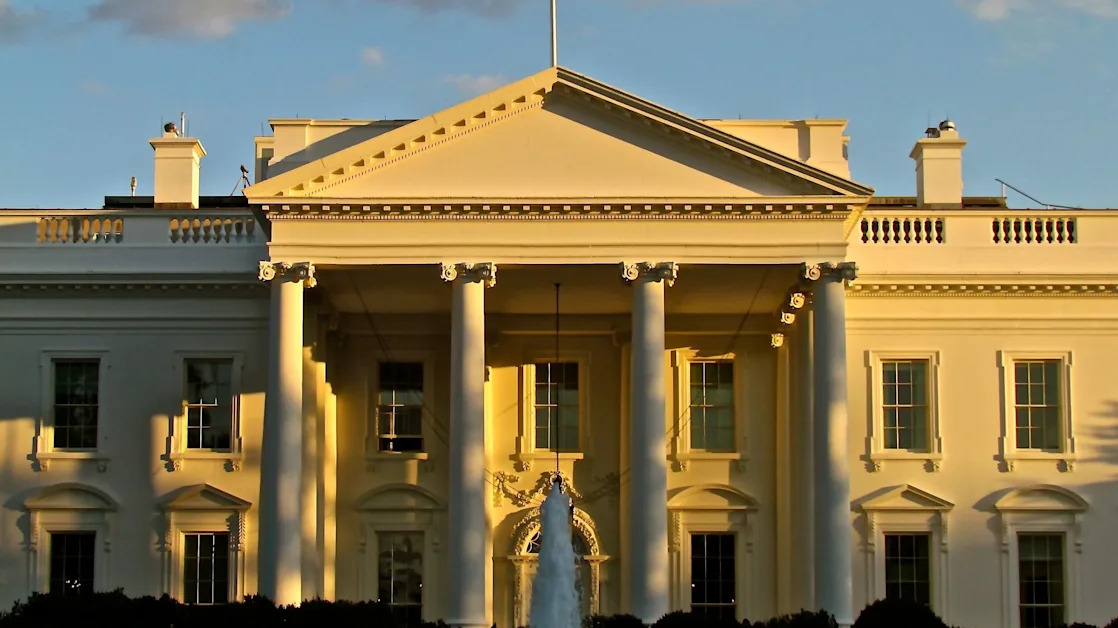Investors solidified bets on how deeply the Federal Reserve will cut interest rates this year after Fed Chair Jerome Powell said Friday the "time has come for policy to adjust."
Powell noted the timing and pace of cuts will "depend on incoming data," but markets quickly moved to fully price in four rate cuts of 0.25% by the end of 2024 on Friday after the Fed chair said the central bank has "ample room" to maneuver as policy enters its next phase.
"The current level of our policy rate gives us ample room to respond to any risks we may face, including the risk of unwelcome further weakening in labor market conditions," Powell said.
Stocks rallied following Powell's speech, with the S&P 500 ( ^GSPC ) rising 1more than % and the tech-heavy Nasdaq Composite ( ^IXIC ) nearly 1.5%. The Dow Jones Industrial Average ( ^DJI ) rose about 1.1%, or more than 450 points, and the interest rate-sensitive Russell 2000 ( ^RUT ) small-cap index soared, rising roughly 3%.
Renaissance Macro head of Economics Neil Dutta highlighted in a note to clients that Powell didn't use the word "gradual" when referring to rate cuts like some other Fed officials had in recent days.
This, Dutta argued, suggests "Powell is not removing the optionality of doing large moves as policy adjusts."
Markets appear to agree.
Though with only three Fed meetings left in 2024, the looming question remains when the Fed would cut rates by 0.50% in a single meeting to reach the current investor expectation of four interest rate cuts this year.
Bets that a larger move will come in September moved up marginally on Friday morning. Markets are pricing in a 36.5% chance the Fed cuts by 50 basis points by the end of its September meeting, up from a 24% chance seen the day prior, per the CME's FedWatch Tool.
Economists have argued further weakness in the labor market would be the likely prompt for a larger cut in September. The July jobs report showed the second-weakest monthly job additions since 2020 and the highest unemployment rate, 4.3%, in nearly three years.
Powell addressed these developments on Friday, noting the cooling seen in the labor market is "unmistakeable" and that the downside risks to the central bank's mandate for full employment have risen.
"It seems unlikely that the labor market will be a source of elevated inflationary pressures anytime soon," Powell said. "We do not seek or welcome further cooling in labor market conditions."
Capital Economics' deputy chief North America economist Stephen Brown wrote in a note to clients that a weak August jobs report, set for release on Sept. 6, would be a likely catalyst for the Fed to cut by more than 25 basis points at its next meeting.
"Fed Chair Jerome Powell’s dovish tone at Jackson Hole [on Friday] and pledge to do 'everything we can to support a strong labour market' implies that a 50 bp cut could be on the table at the September meeting, although such a move might require a further rise in the unemployment rate in the August Employment Report, which we judge to be unlikely," Brown wrote.
Oxford Economics chief US economist Ryan Sweet agreed.
"The August employment report will determine whether the Fed cuts by 25 [basis points] or 50 [basis points] in September," Sweet wrote.
The Fed's next policy decision will be announced on Sept. 18.

Josh Schafer is a reporter for Yahoo Finance. Follow him on X @_joshschafer .





